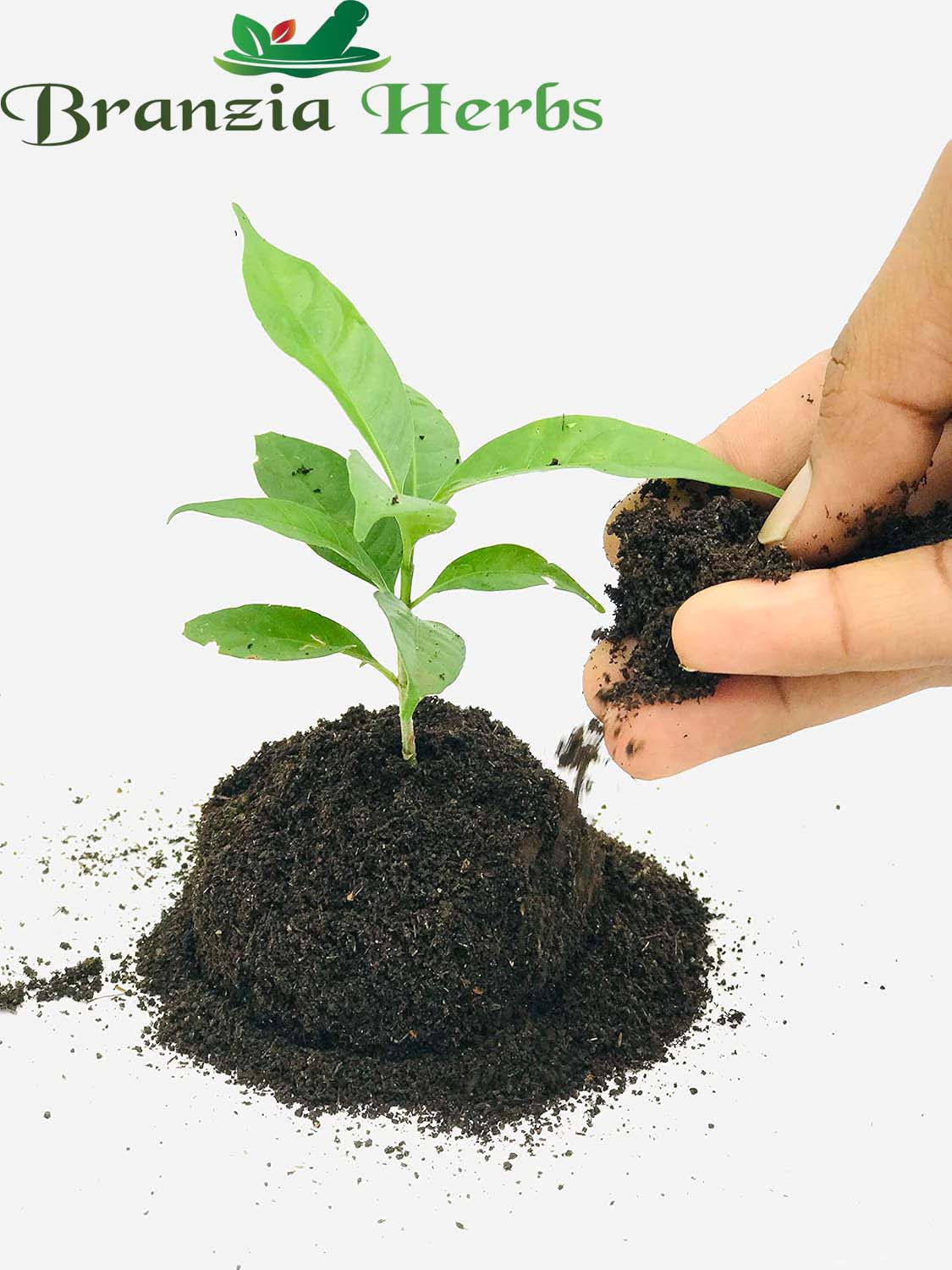Melia dubia, also known as Malabar Neem or Indian Mahogany, is a fast-growing tropical tree valued for its wood, shade, and ecological benefits. Here’s a detailed guide on Melia dubia tree seeds, including their characteristics, benefits, and planting care:
Characteristics
-
Appearance:
-
Seeds: Melia dubia seeds are small, oval, and typically brown. They are enclosed in a capsule-like fruit that splits open when mature.
-
Fruit: The fruit is a small, round, woody capsule that contains several seeds. When ripe, the fruit turns brown and opens to release the seeds.
-
Tree Size:
-
Height: Melia dubia can grow up to 60-80 feet (18-24 meters) tall.
-
Canopy: It has a broad, spreading canopy with large, pinnate leaves.
Benefits
-
Economic Uses:
-
Timber: The wood of Melia dubia is valued for its strength and durability. It is used in construction, furniture making, and as a timber for various applications.
-
Fast Growth: Known for its rapid growth, Melia dubia is a popular choice for agroforestry and commercial timber plantations.
-
Ecological Benefits:
-
Soil Improvement: The tree contributes to soil fertility through its leaf litter and root system.
-
Erosion Control: Its extensive root system helps prevent soil erosion and stabilize the soil.
-
Shade and Aesthetic Uses:
-
Shade Tree: Provides ample shade due to its broad canopy, making it suitable for use in parks and large gardens.
-
Ornamental Value: Its large leaves and overall tree form make it a visually appealing addition to landscapes.
Planting Melia Dubia Seeds
-
Preparation:
-
Seed Treatment: Melia dubia seeds have a hard outer shell. Scarification (light sanding or nicking) and soaking the seeds in water for 24-48 hours before planting can improve germination.
-
Timing:
-
Optimal Season: Plant seeds in the spring or early summer when temperatures are warm and conditions are conducive to growth.
-
Soil and Location:
-
Soil Type: Prefers well-drained, loamy soil but can adapt to various soil types. Ensure good drainage to prevent waterlogging.
-
Location: Choose a sunny location with full sun exposure. Melia dubia thrives in tropical and subtropical climates.
-
Planting:
-
Sowing Seeds: Plant seeds about 1 inch (2.5 cm) deep in the soil. Space seeds or seedlings about 15-20 feet (4.5-6 meters) apart to accommodate the mature tree size.
-
Germination: Seeds typically germinate within 2-4 weeks. Keep the soil consistently moist during this period.
-
Watering:
-
Initial Care: Water regularly to keep the soil moist but not waterlogged until the seedlings are established.
-
Ongoing Care: Once established, Melia dubia is relatively drought-tolerant but will benefit from occasional watering during dry periods.
-
Fertilizing:
-
Nutrients: Fertilize with a balanced fertilizer during the growing season to support healthy growth. Organic compost or well-rotted manure can also be beneficial.
Care and Maintenance
-
Pruning:
-
Trimming: Prune young trees to shape them and remove any dead or damaged branches. Regular pruning helps maintain the tree’s structure and promotes a healthy canopy.
-
Pest and Disease Management:
-
Monitoring: Melia dubia is generally resistant to pests and diseases but should be monitored for common issues such as fungal infections or insect infestations.
-
Control: Use appropriate treatments if problems arise, following local guidelines.
-
Protection:
-
Young Trees: Protect young trees from extreme weather conditions and pests until they are well-established.
Environmental Considerations
-
Climate Adaptation: Melia dubia is best suited to tropical and subtropical climates but can be grown in temperate regions with proper care.
Summary
Melia dubia seeds are valuable for their economic, ecological, and ornamental benefits. The tree is prized for its fast growth, durable wood, and ability to improve soil and prevent erosion. By following proper planting and care guidelines, you can successfully grow Melia dubia and take advantage of its numerous benefits in suitable climates.







